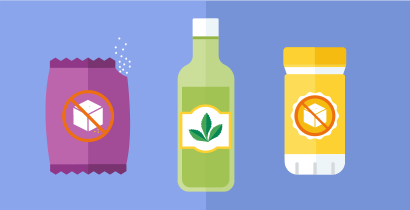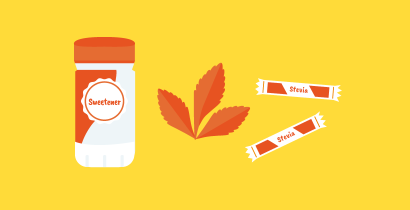Food additives
Food additives don’t have nutritional value, but they are added to food in small amounts to serve a specific function. Some, like preservatives, stop bacteria or mould from spoiling your food, so that it lasts longer. Colourings are used to make our food looks more appealing. Emulsifiers allow water and oils to remain mixed together in an emulsion, like in mayonnaise for example. Every additive that we find on our plate in Europe has been thoroughly tested and has, based on the best currently available science, been classified as safe and approved for use by the European Food Safety Authority (EFSA).


